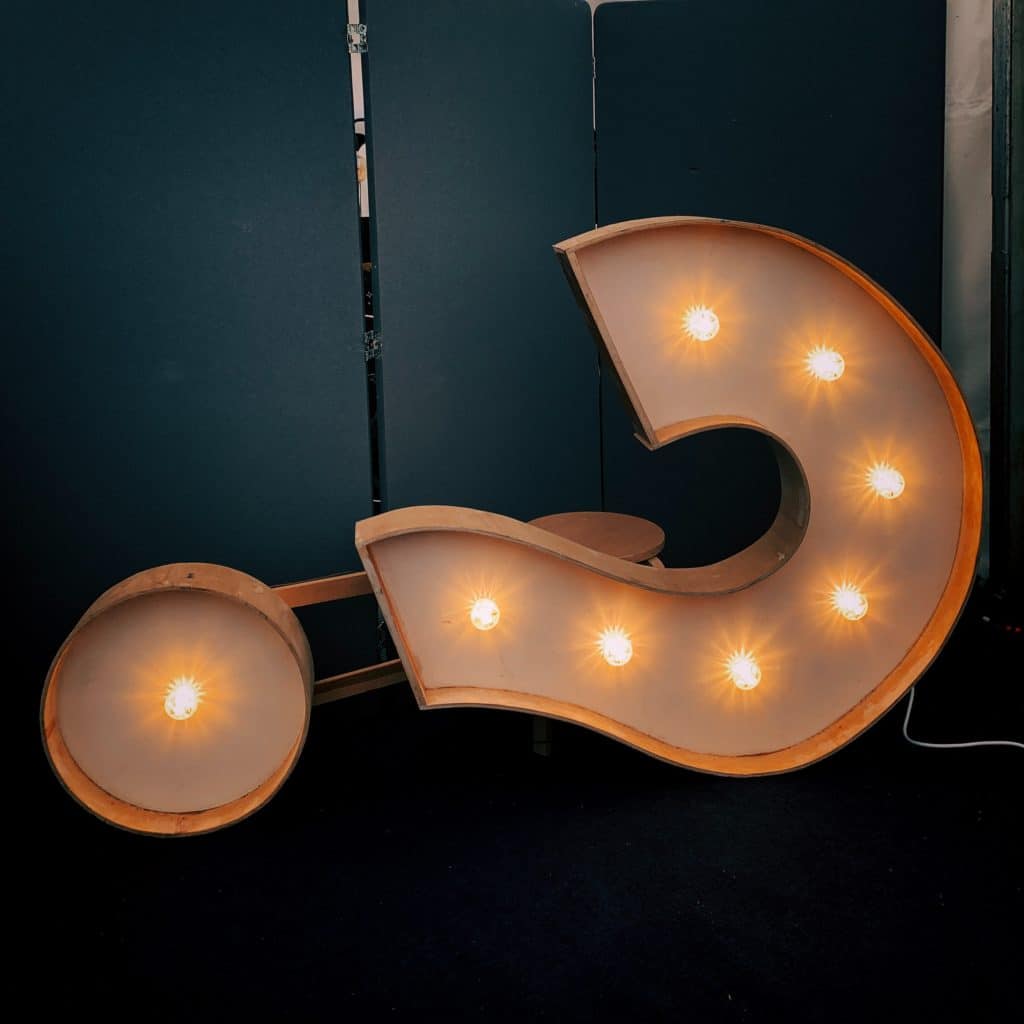Hot or Cold . . . Which do you prefer?

Are you an iced latte or hot coffee type of person? After a hard workout, what is best to relieve the stress of your over-worked muscles? Is it heat before and ice afterwards, or vice versa? I can never remember. Depending on a clothing stain, what works best to get it out? My mom always told me that if I don’t want a stain to set in, don’t under any circumstances, wash something in warm or hot water. I must confess that I have made that mistake a time or two. But I think one of life’s most controversial topics is the temperature in your home. Ever heard, “Don’t you dare touch that thermostat!” Has a family member left the window open overnight, and you can see your breath while you yawn yourself awake after the alarm blares at you in the a.m.? If only they had devised the electronic version with temperature and lock controls way back when — it may have saved a relationship or two, or avoided a “timeout”.
You might ask yourself, Vickie, what does any of this have to do with printing? Well, it does when printing on an offset printing press. Depending on your needs, your “hot or cold” preference may vary. Here are some high-level logistics:
Heatset offset presses: The paper is run through an oven immediately after the ink is applied to the paper by the printing unit(s). The solvents in the ink reach an evaporation point, leaving only the waxes, resins and pigment after going through the oven. Immediately following, the paper passes through chilling rollers where the waxes and resins cool down and solidify, resulting in a clean product. This is where heatset printing got its name.
Coldset offset presses: When printing with a coldset press, the ink dries gradually through both evaporation and absorption into the paper. No additional dryers or coolers are involved.
Both heatset and coldset presses have their place in the printing arena relative to the type of book you are printing. When CPS account managers quote projects for our prospective customers they will ask questions such as:

- What type of paper is required? (we have an in-stock paper list in another blog — See the Paper Pickle)
- Are there any halftones or screens in the book?
- How about bleeds or bleed tabs?
- Any major solid areas in the design?
- Is this a 1-color or 2-color book?
Based on the answers to the questions, we can determine what is the best press for the project. For example, if something is printed on a coated stock, you will surely want the component to be printed on a press that has drying capabilities to ensure that the ink doesn’t smear after printed, since ink doesn’t absorb into the coated paper. But, if it is a book that is using ground wood uncoated stock, and there is only text, a coldset press will do a fine job in producing a quality product.
Next time you are in line for your favorite made-to-order sandwich, and they ask “Would you like that toasted?” maybe this blog will come to mind. What do you prefer? Regardless, know that if your mind migrates to printing, we have the presses to suit your needs!
For more information, check out the Tailored Solutions section of our website!